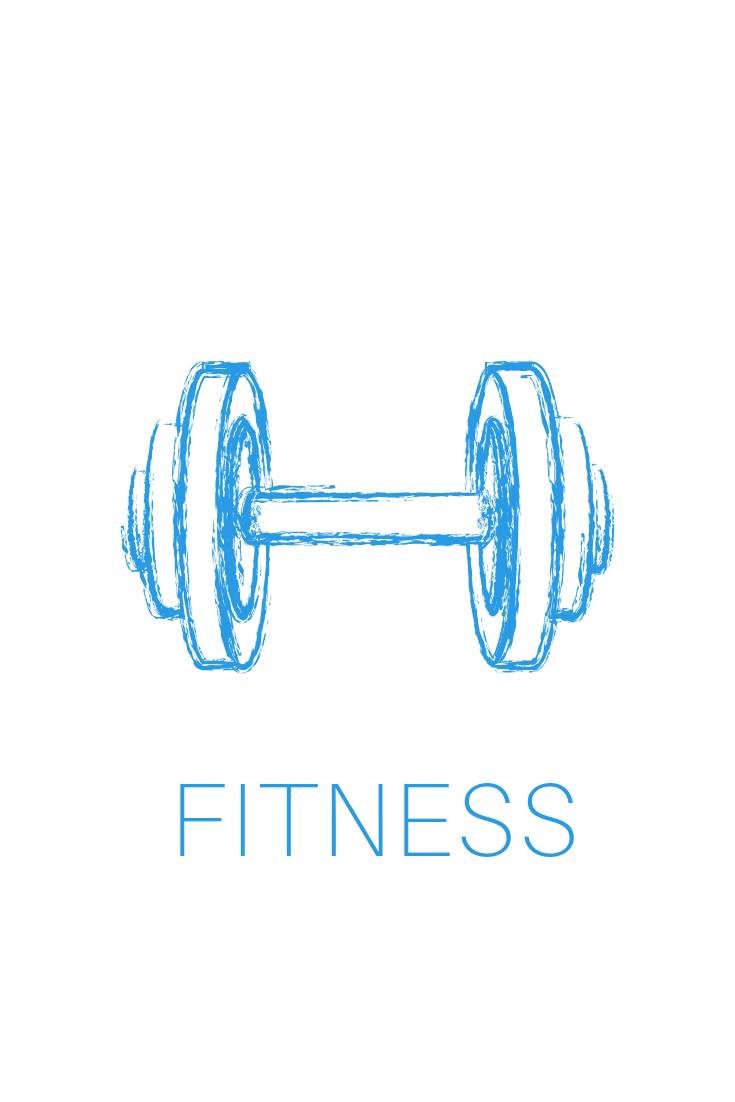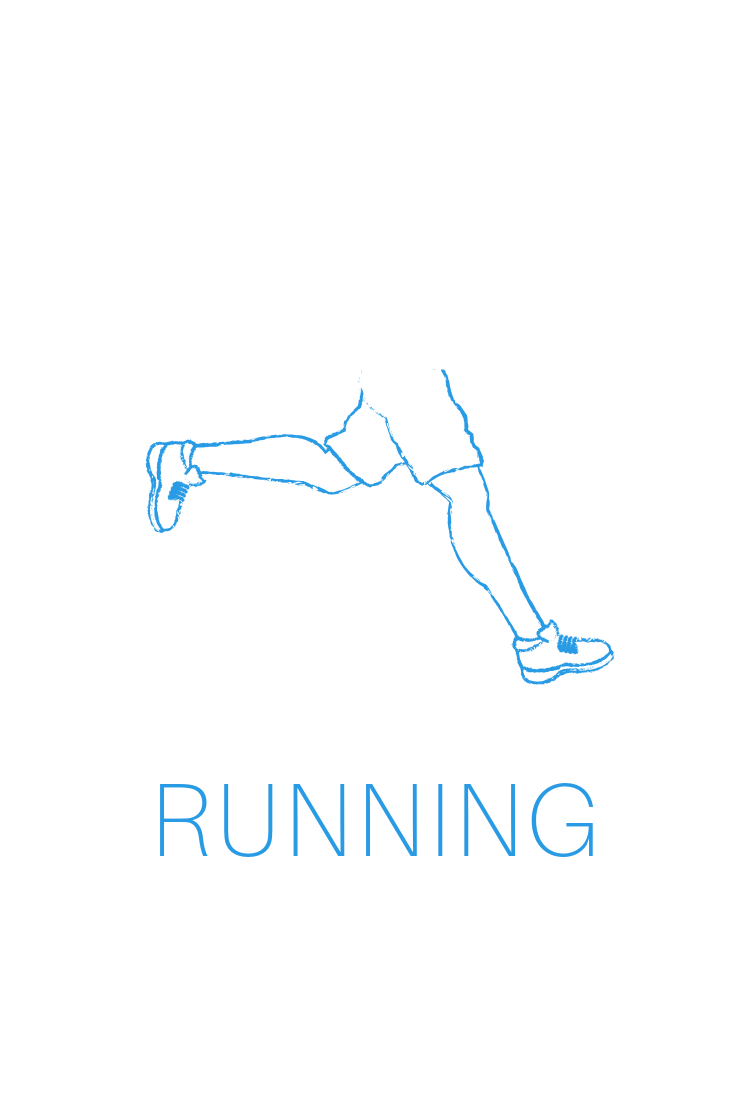How To Make Habits Stick: Part 2
Simply gritting your teeth is not enough to create long term habit change. Once we understand what drives our behaviour, we can set ourselves up for success.
Last week we looked at three simple steps which are the basis for developing long lasting habit change:
Find your focus: decide what habit you want to focus on and make it very specific.
Make it tiny: long lasting change needs to start small.
Do it daily: habit change is more likely to continue if we do it daily, rather than once or twice a week.
This is the second in a 3-week blog series on healthy habit change, as I continue to pull from the wonderful wisdom of Behavioural Scientist BJ Fogg, laid out in his book Tiny Habits.
Habit change won’t stick long term if we rely only on will power and determination. We all have a breaking point at which our initial enthusiasm wains, and the bad habit will creep back in……unless you set yourself up for success.
When something we’ve been working towards finally happens, or we achieve something wonderful, it seems that “the stars aligned” - everything seems to have come together perfectly to make something that was desired, happen. When creating a new habit, we need to design the perfect environment for habit change to be easy, and it’s up to us to “align our stars” in order to achieve success.
The Fogg Behaviour Model identifies 3 variables that must converge in order to drive an action:
B = M A P
Behaviour happens when Motivation, Ability and Prompt converge
Let’s start by taking a look at motivation and ability. There is a sweet spot where motivation (i.e. our drive to achieve) and ability (i.e. how difficult the task is to achieve) must meet in order to create long term change. Simply put:
The more motivated you are to do a behaviour, the more likely you are to do it.
The harder the behaviour is to do, the less likely you are to do it.
Therefore in order to create behaviour change you need to find the right balance between these two variables. This may mean reducing the difficulty level (therefore, ability increases) or increasing the motivation level. For example, you may know someone who tried to give up smoking many times over the years (which is difficult, therefore low ability) but it wasn’t until they had the increased motivation of becoming a parent that they were able to succeed.
Here are some examples of how to balance your motivation level with your ability level:
You want to clean your house, but it’s really messy and you are not feeling all that motivated (low ability + low motivation = not going to happen). Therefore, reduce the difficulty level and simply start by cleaning out the kitchen drawers (high ability + low motivation = will most likely to get it done).
You’ve decided to give up sugar for a month in order to improve your health (low ability + moderate motivation = unlikely to last). You make it through about 4 days then give up. In order to increase the ability level, start with a smaller goal of not having ice cream after dinner every night (moderate ability + moderate motivation = will most likely happen).
Some other simple ideas: you want to eat more fruit, leave a fruit bowl accessible on the table. You want to stop scrolling through facebook so often, remove the app from your phone. Find simple ways to either increase your ability to complete that habit, or increase your motivation in order to find the sweet spot between the two.
The final link in the B=MAP model is Prompt. Every behaviour we do is linked to another behaviour. Notice some of your daily habits. Your phone beeps, you check your messages. You walk into the kitchen in the morning and put on the kettle. Our goal is to create habits that are locked into our daily routine, making them almost subconscious.
Figure out what you want to change and work out how to connect the new habit with something you already do every day. BJ Fogg shares his delightful example of connecting exercise with going to the toilet. Every time he does a pee, he does do at least 2 push ups. Apparently some days he ends up doing more that 50 push ups - depending on how much he drinks!
Recently my husband and I have created a new habit of going for a walk every night after dinner. It might be 5 minutes, it might be half an hour, but as soon as we finish dinner, we get up straight away and go for a walk. Some other prompts you can use:
After I brush my teeth I will ….. (e.g. read 2 pages of my book)
When my alarm goes off I will ….. (e.g. stretch for 5 minutes)
When I walk in the door from work I will ….. (e.g. make a cup of herbal tea)
While I wait for my coffee I will ….. (e.g. send a positive text to a friend)
After I turn off my computer at the end of the day I will ….. (e.g. tidy my desk)
Before embarking on any new habit, ask yourself these 3 questions:
Is there a prompt to facilitate this behaviour daily?
Do I have the ability to perform the behaviour?
Am I motivated to continue the behaviour?
For long term habit change you need to manipulate these 3 variables to ensure they meet at the appropriate point. Only then will the stars align.
by Angie Black
Hey! I’m Angie. I’m passionate about fitting exercise into your life, for the rest of your life.
BLOG CATERGORIES:







